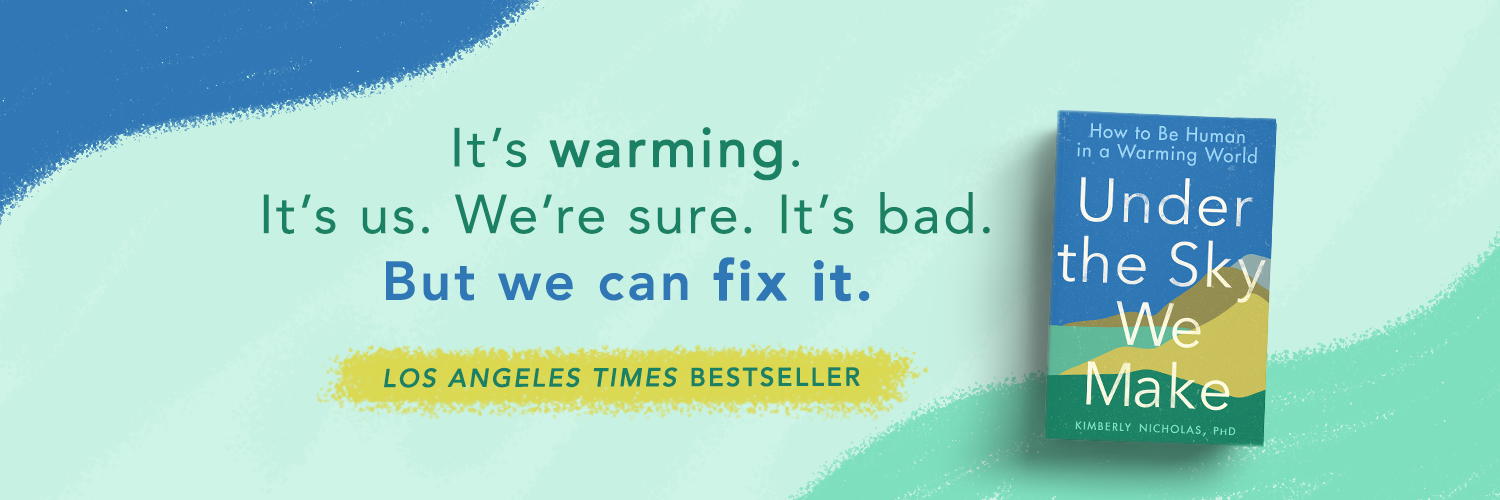|
This is a tough and thankless job, but science depends on it! Here are a few principles I keep in mind when suggesting (to journals that ask for them) or soliciting (when I'm an editor) peer reviewers.
When identifying reviewers for a particular paper, I try to find a balance of:
Where to find reviewers?
(Along those lines- if you’re publishing make sure you’re giving back to the community by serving as a peer reviewer and/or editor yourself! Read my guide to writing a solid peer review or how to get started, and register as a potential reviewer with journals in your field). Ethics:
See guidelines for picking reviewers: https://methodsblog.wordpress.com/2015/10/15/preferred-reviewers/ For the PNAS guidelines see here: http://m.pnas.org/site/authors/coi.xhtml Springer, Conflict of Interest: http://www.springer.com/authors/manuscript+guidelines?SGWID=0-40162-6-795522-0 Article on COI in medicine: https://www.ncbi.nlm.nih.gov/pmc/articles/PMC2246405/ Here’s a short summary I co-wrote with Céline Fernandez compiling the highlights of our November meeting for the LuPOD professional development program. Tools for digital learning: Best practices for films for educational purposes:
Issue regarding available learning material online: often no quality control. Therefore, make sure to review material before assigning, point out to students to be critical when using information online, and consider making your own material. Teaching portfolios
References and further reading:
Science should be open. Duh.
Easier said than done. There are many reasons why this fails. Personally, I think mostly it's well-intentioned, busy people who don't follow best practices from the beginning, then don't want to spend the time cleaning up their Rube Goldberg-esque Excel sheets later. I've definitely been there. But I'm trying to get better, and trying to help those in my lab establish good habits. For my last lab meeting, we discussed best practices in open data, based on this paper by my friend and colleague Lizzie Wolkovich. Everyone in my lab is now working on curating our own data for a current project, including making a diagram of our workflow, and organizing our data cleanly, with good meta-data. This is a work in progress, but here are a few resources I've found helpful: 1. Lizzie's paper, "Advances in global change research require open science by individual researchers," gives a great motivation for why open data matters, what stands in its way, and how to design research to be open. 2. Ten simple tips for how to design a clean spreadsheet, by @robinhouston and @SeanClarke (hint: commas, asterisks, and color-coding don't belong). 3. Thirteen more elaborate but still simple and important tips for effective data management (what you wish you knew at the beginning of your research career, instead of learning the hard way, like always using full, consistent format for dates). 4. Lizzie's "Ze Template" for organizing project meta-data (what the study is about, what files it involves, where they're located), under Creative Commons license. Yay open science, and yay Lizzie! We're going to keep talking about this in my lab, including issues with open data in qualitative research (confidentiality, subjectivity of observations)- if you have any references on this, please let me know! This week was the first teaching retreat for teachers in USV, Lund University's division for faculty-free centers ranging from the Centre for Middle Eastern Studies to my own department of LUCSUS, the centre for sustainability studies. About 25 teachers stayed at a former church in the town of Höör, 25 minutes by train from Lund.
Over two days, we learned new tools and approaches for teaching, and had time to share our ideas and learn from each other. Some of the main tools I learned about:
Here are some of my top tips, and a suggested template of a letter to contact a potential advisor at the end:
I came across your work through X (conference/paper/my professor X’s recommendation). I am very interested in your approach to (topic) using (method/specific thing they do that interests you). I’m writing to inquire if you are accepting PhD students in your lab for fall 2016? I am aiming to pursue a PhD dissertation focusing on X topic, specifically looking at the question of X puzzle in X case for X purpose. My background is in X bachelors from X university/Y masters from Y university. My research to date has focused on X, which I investigated most recently in my master’s thesis on X topic in X place, finding that X key highlight (please see attached thesis FYI). I have written about this work in a popular science blog here (link) and am currently preparing the manuscript for submission to the journal of X with my supervisor X. I also have experience in X business/NGO/policy/government, where I accomplished X. For more details, please see my attached CV. Regarding funding, I am currently applying for funding from X, X and X scholarship agencies to support the project I’ve outlined above. If there are any additional funding sources that you think might be a good fit to support this work, I would really appreciate any tips. And of course, if you have any currently funded projects that could support a PhD student, I would love to hear about them. Thank you very much for your time and I look forward to hearing from you. Best regards, You ---- If you don’t hear back from them in 2 weeks, resend your message with a polite note at the top: “Dear Dr. X, I thought my earlier message may have caught you at a busy time. I’m still very keen to pursue a PhD in your lab, and hoping you can let me know if you are accepting new students next fall. Thank you, X” If there’s someone you’re really excited about who hasn’t gotten back to you, consider picking up the phone to call them. Bold move, but it just might work! People get a bajillion emails, but few phone calls nowadays. Practice a shortened version of the text above to ask them. It’s smart to apply to at least several schools (I just checked and I applied to seven PhD programs, which now seems excessive- but at least three is good). You don’t know where you’ll get in, and you’ll have to consider personal factors about where you want to live, so it’s good to have options. Most advisors will be contacted by many students and will have many applicants for each open position in their lab. So, you both are on the lookout for the person who will be the best fit! Most advisors will understand this (some may even ask where else you are applying). That said, if you apply for external fellowships, you may have to specify your top choice for where you want to go and who you want to work with (depending on the fellowship). In this case, it’s important to share your plans with your potential advisor and get their agreement to support your application. In any case, if you really click with a potential advisor, consider asking them to give you feedback on your external fellowship application (for something like NSF GRFP, not for their own university applications where they would have a conflict of interest). Hopefully their comments can help you strengthen your proposal. In any case, good communication with a potential advisor is important, so ask them questions to clarify expectations or any points of confusion. Hope this helps- let me know if you have any comments! I have come to believe that one of the biggest impediments to scientific advancement is writing. This is true in at least two ways. First, writing is often the critical bottleneck standing between the mountains of good ideas on whiteboards, hard drives, and inside people's heads that have not yet found a way to be communicated to a wider audience (both scientific and public). Second, the writing in published papers often does not help (and may actively hinder) the reader's understanding of the research and its implications.
Nicholas Kristof was more blunt about this in his recent New York Times Op-Ed (with which I largely agree), asserting that PhD programs have "fostered a culture that glorifies arcane unintelligibility while disdaining impact and audience" (ouch!). He cites a related piece by Jill Lepore in the Chronicle of Higher Education, where she describes academia as a "great, heaping mountain of exquisite knowledge surrounded by a vast moat of dreadful prose" (double ouch!). I think a fundamental problem here is that, although writing is a skill that can be taught and requires practice to master, writing is rarely taught. I never took a writing course in graduate school. I had professors who spent time correcting and commenting on papers (which I appreciate all the more now that I'm on the other side of the red pen), but I'm not sure I was able to take their specific comments and generalize them into principles of better writing. (I also think I didn't realize how important writing was until after I started editing and reading more papers than I wrote.) One way I've tried to teach writing is to develop templates, outlines, and rubrics that spell out a paper's structure, so that students can concentrate on developing and communicating their ideas in a way that will be clear to the reader. (I've had interesting discussions with my colleague Ladaea Rylander of the Lund University Academic Support Centre about the risks of templates suppressing creativity, some of which we address in our forthcoming book chapter; my basic conclusion is that I'm very happy for students to ignore these templates and do something creative if they are inspired to do so, but that many seem to benefit from and appreciate them). Without further ado, here are some of the resources I've made so far. I hope they're useful, and welcome feedback! Writing an academic abstract: a MadLibs (fill-in-the-blank) template adventure. The Thesis Toolbox- slides from a workshop I gave for 40 master's students from across Lund University to get them started on designing their thesis. Template for writing a master's thesis research proposal - use this to structure your ideas, and eventually as the basis for writing your thesis. Generic Paper Outline, Or, What Goes Where in a Scientific Paper? Start here when you have to write up a thesis or journal article and fill it out as you go along. Finally, here's a long and somewhat cheeky guide to common problems I see in student writing, and suggested ways to overcome them.
As Diana Liverman wrote in the Washington Post, focusing on only the grim projections along our current trajectory overwhelms and depresses students, and makes them feel powerless to act. Rather than rallying them to unite against a negative future, this approach actually decreases the motivation that drove many of them to study the environment in the first place. Surely this is not why professors want to teach, to extinguish rather than fuel their student's fires.
Fortunately, there are solutions to turn the tide on climate change. As the world gears up for a UN conference in Paris in December 2015, where all countries are supposed to reach an agreement about greenhouse gas emissions, there has been a recent flurry of climate action and proposals, from the US-China climate deal to limit carbon emissions to grassroots campaigns to divest- moving financial investments away from fossil fuels. I've designed a teaching activity for master's students in my Earth Systems Science course to discuss and debate a range of climate change solutions. It fits within the framework I've used to design my teaching on climate change, which consists of five points that I first heard articulated in a lecture by Jon Krosnick at Stanford, based on his research with colleagues: it's warming, it's us, we're sure, it's bad, and we can fix it. People need to understand all of these points to get the whole picture of what climate change is, why it matters, and to be motivated to address it. It's essential to include the last point to leave students inspired rather than depressed.
What if the secret to writing successful research proposals were to go back to the basic lessons your fourth grade teacher taught you about writing? It can't possibly be that simple, can it?
I just had a lovely dinner with my smart & wise friend Harriet Bulkeley. One of many good pieces of advice she gave me (this one picked up by joining a conversation she overheard on a train!) is to think over the answer to four things before beginning a research proposal or project: 1. What do I want to do? 2. Who do I want to do it with? 3. Where do I want to do it? 4. Why do I want to do it? I said this sounded like a great way to teach research design to students, but as we discussed more, I realized researchers at every level could probably benefit from this advice, myself included. She noted that many people can only answer one of these questions when they approach a university research office or a funding agency with a research idea. They might hope that the answers will get clarified in working through the project, but this is rarely the case. In projects that haven't clarified these key points at the outstart are likely to get bogged down in these issues through the course of research. A great reminder to think through the basics before committing your precious and limited time. I just read a New York Times article (posted by @eric_mazur*) that inspired me to post last year's final exam for my new students on the first day of our Earth Systems Science class. I have always shared last year's final as a teaching tool in the weeks before the exam, because I think it's the best study guide for students to work through it on their own or in small groups as they prepare. (Plus, it removes any possibility for cheating, which could be a temptation if last year's students are expected to keep old exams private after getting them returned.) I post just the exam for a week or so, and then post a compilation of the best student answers from the previous year to give an idea of what an excellent exam would look like. My reasoning is that I want all students who work hard to do well on the exam, and they will do their best if they have a realistic model to work with. After all, the most important thing I'm trying to teach is not facts, but a way of thinking, in particular, using data to support claims; the more exposure students get to this, the better.
However, this article by Benedict Carey just made me think about exams in a new way- as "learning devices" that can be "the key to studying, rather than the other way around." Psychological research has shown that pretesting can change the way we think, helping to prepare our brains to better receive, process, and hold on to relevant information when it appears. Testing, it turns out, is a powerful way to overcome the "fluency illusion"- thinking that we know something better than we do, because we study it in a vacuum where no competing plausible ideas exist. When presented with challenging competing ideas on a test, we're forced to reason our way through them to show we've really learned. The article describes initial research by Elizabeth Ligon Bjork (who heads the fantastically named "Learning and Forgetting Lab" at UCLA) and Nicholas Soderstrom, who presented psychology students with pretests. They found that pretesting increased their final exam scores by 10% (which can be a difference between a grade of C and B in the American grading system, for example). The researchers didn't give their students the final exam on the first day, because they didn't want them to be overwhelmed. I'm not asking my students to sit down and take a 3 hour exam - just posting it for them as a study resource. I hope they find it useful- stay tuned! * Walk down memory lane: The first time I learned anything about teaching (the horribly pedagogic-sounding but very important field of pedagogy) was as a "Kindergarten Through Infinity" fellow as a master's student at the University of Wisconsin-Madison. This was an NSF K-12 program that matched STEM grad students (who brought science content knowledge) with primary and secondary school teachers (who were expert teachers) to design learning activities for students ages 5 through 18. It was here that I first heard about and was inspired by Eric Mazur, the Harvard physics professor who turned his teaching upside-down when he realized his traditional lectures weren't producing deep learning, even for extremely bright students. His solution was the Peer Instruction method. This was the first time I heard about Think-Pair-Share and other teaching techniques I'm still using. |
Categories
All
Archives
November 2023
|
KIM NICHOLAS

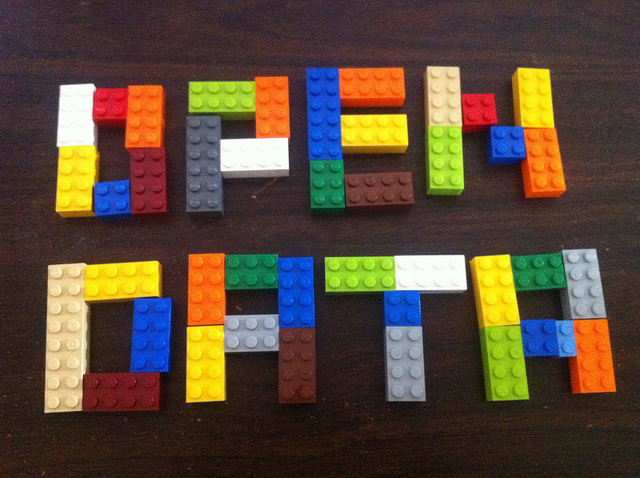
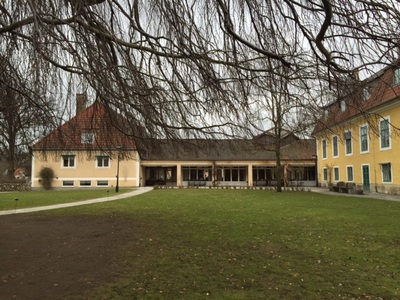
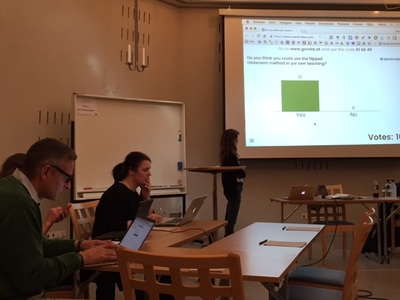
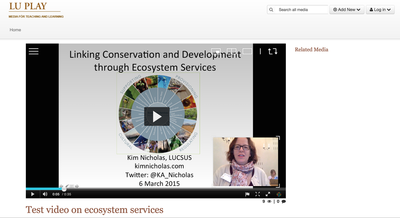
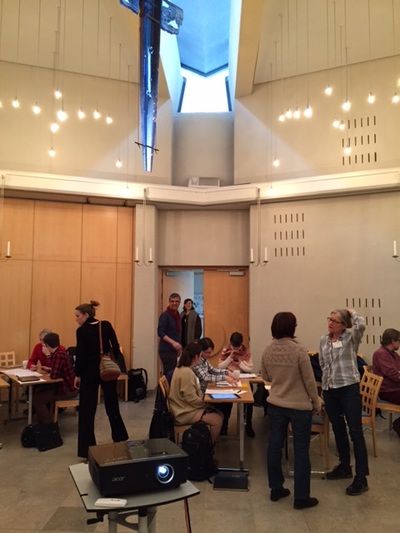
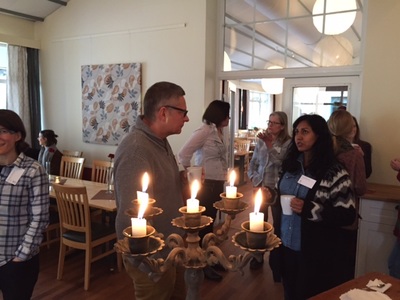
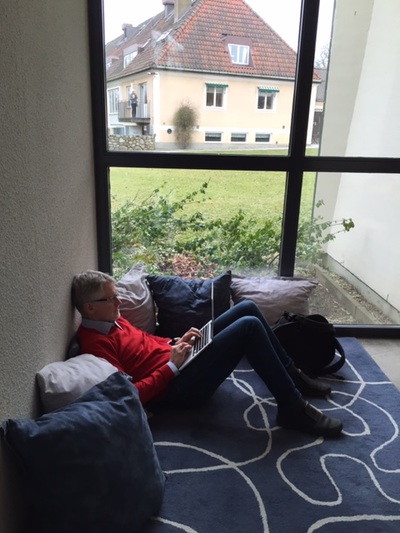
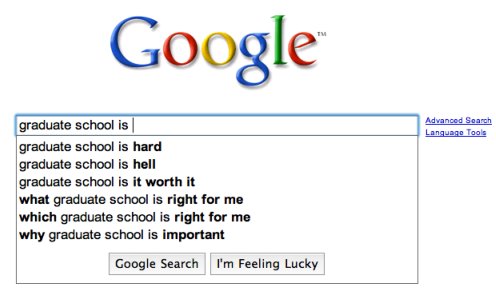
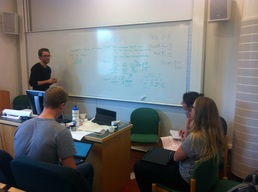
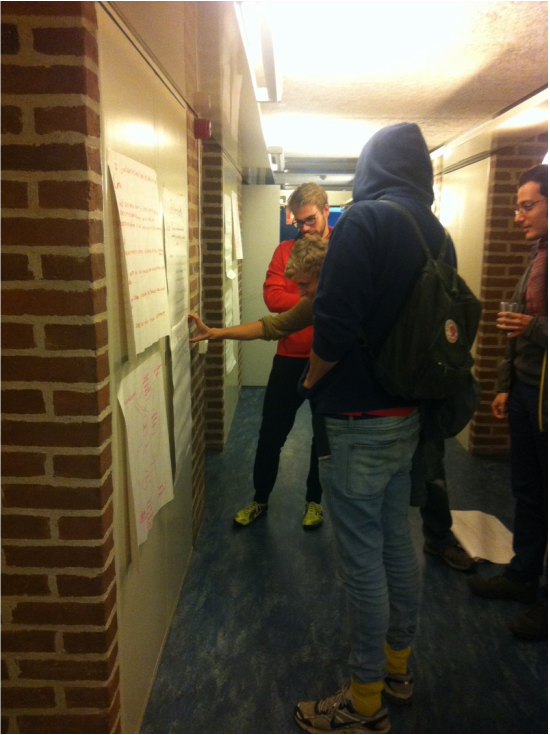
 RSS Feed
RSS Feed
